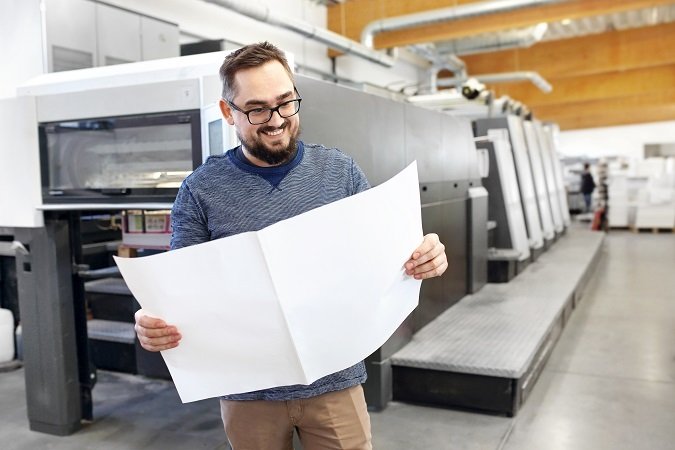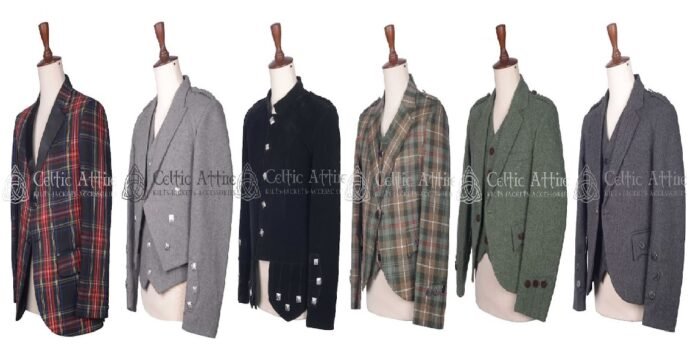Even as technology advances, some tried, and true methods still exist in business. Small businesses still rely on paper for business activities. A recent survey showed 73 percent of companies with less than 500 employees print every day.
But how many businesses consider paper weight before printing? For many, knowing how to choose a paper weight is confusing. So if printing is still a significant part of your business, keep reading.
This guide to measuring paper weight will help you put your best foot forward and choose paper to suit your needs.
Measuring Paper Weight
There are three different methods for paper weight measurements. So to clear up some confusion, here is how they work.
The U.S.-based weight system uses pounds per 500 sheets of paper. It’s as simple as putting 500 sheets on a scale and determining the paper weight.
The metric system is a little more complicated. This method takes 1×1 square meters of paper and bases the weight on grams per square meter.
Then, the mils system measures the thickness of a single sheet of paper with a caliper. So once you know these types of paper weight, you can determine if they are light, medium, or heavy papers. And then, for consistency, there are paper weight charts to show you how each system relates to the other.
Sizing The Paper
It’s also crucial to understand how other countries determine paper size. For example, North American countries and the Dominican Republic use ANSI. The American National Standards Institute is the common form for measuring paper weight.
Yet, Europe measures size by the ISO standards. If you are doing international business, knowing the difference is critical. The website https://blog.printleaf.com/standard-us-vs-european-paper-sizes-what-you-need-to-know/ gives you a list of standards for better understanding.
For example, 8.5 x 11 inches is the common size of the ANSI standard paper. This paper has a designation of ANSI A. Paper that is 11 x17 is ANSI B, and then so on with other sizes.
The closest measurement to ANSI A in European standards is 8.3 x 11.7 inches. The metric measurement is 297mm x 210mm, and it’s listed as A4 on the ISO standard.
Printing Choices
Of course, there is a paper weight for every printing purpose. For example, copy paper is lightweight and the most flexible of all types of paper weight.
Medium weight paper will best suit greeting cards and invitations. Often, these types of paper weight will print in most home printers. But it’s best to check the specifications first to avoid jamming.
Heavy paper weight is often used for industrial printing only. Yet, home printers will accept heavier paper but test it first. Then, of course, extra-heavy papers are used for boxes and commercial printing.
A Paper Weight For Every Purpose
An understanding of paper weight standards will help you choose the best paper for each job. And using the right paper will help your business reduce waste. So now that you know how to choose a paper weight make it work to your benefit.
Printing is still a crucial part of many businesses. So paper weight charts should be part of your printing process. And don’t forget to come back and read more helpful tips as another part of your process.








